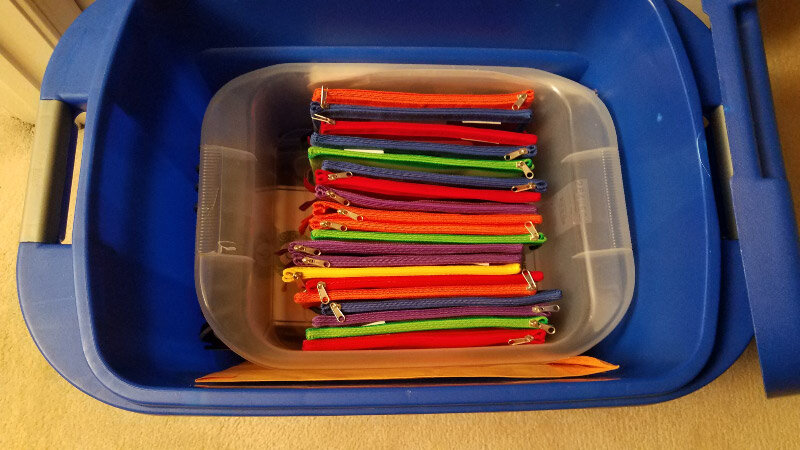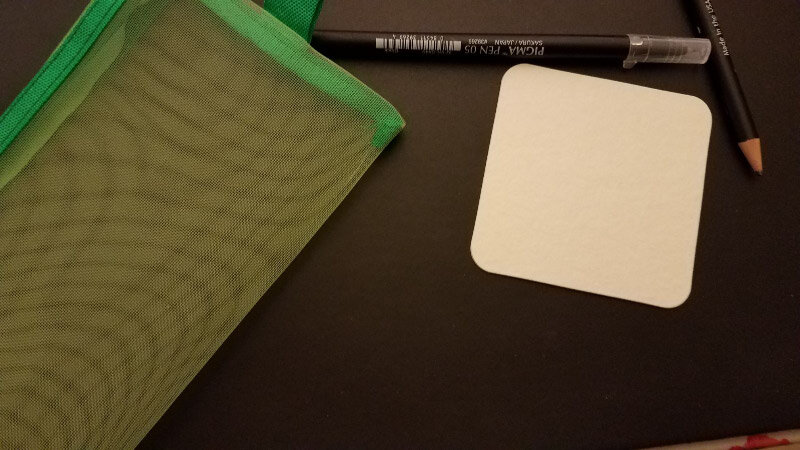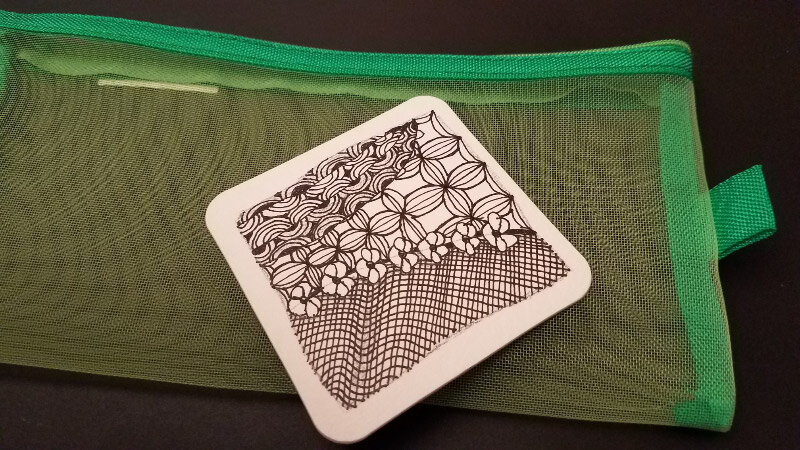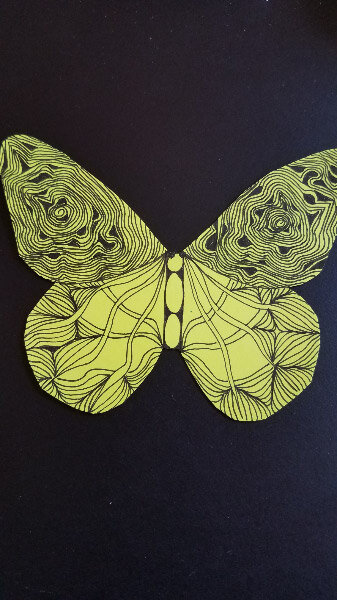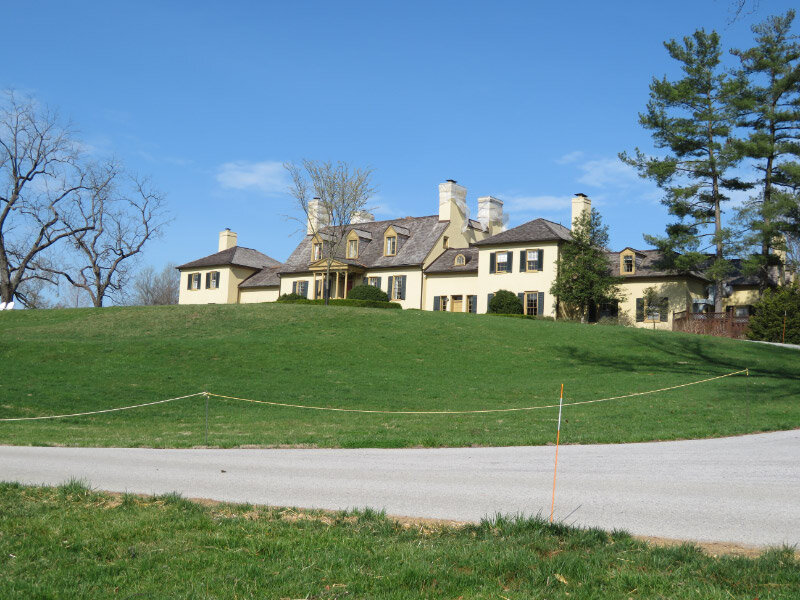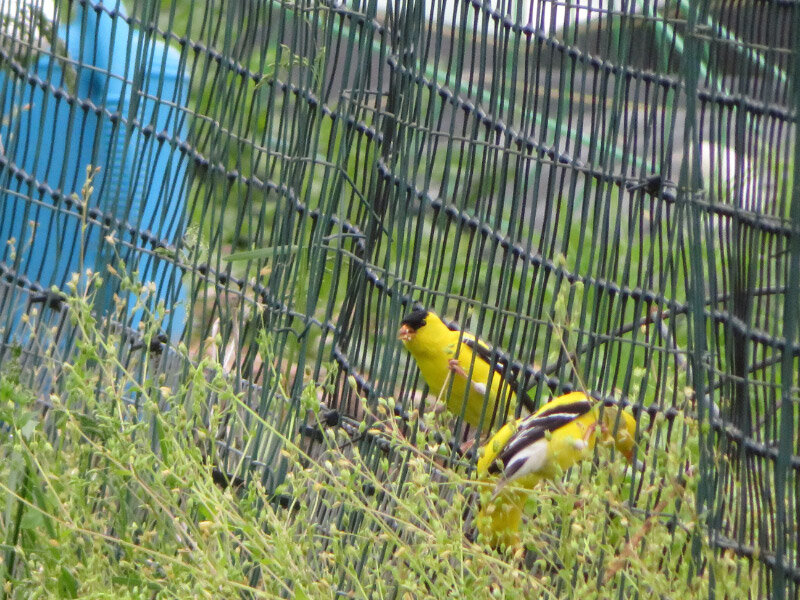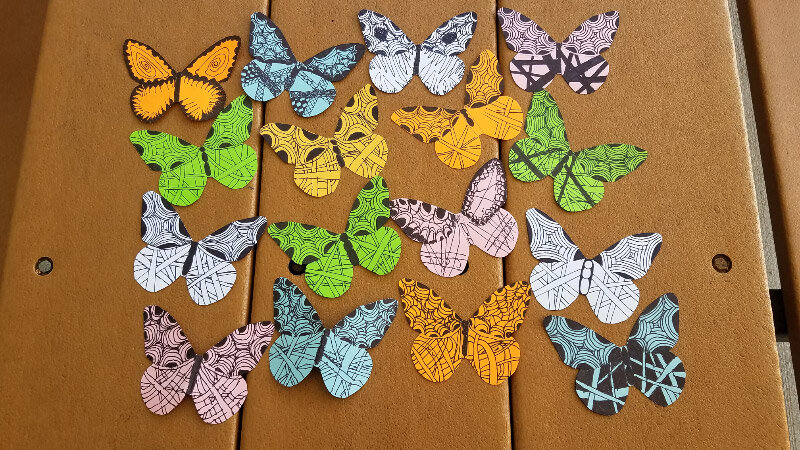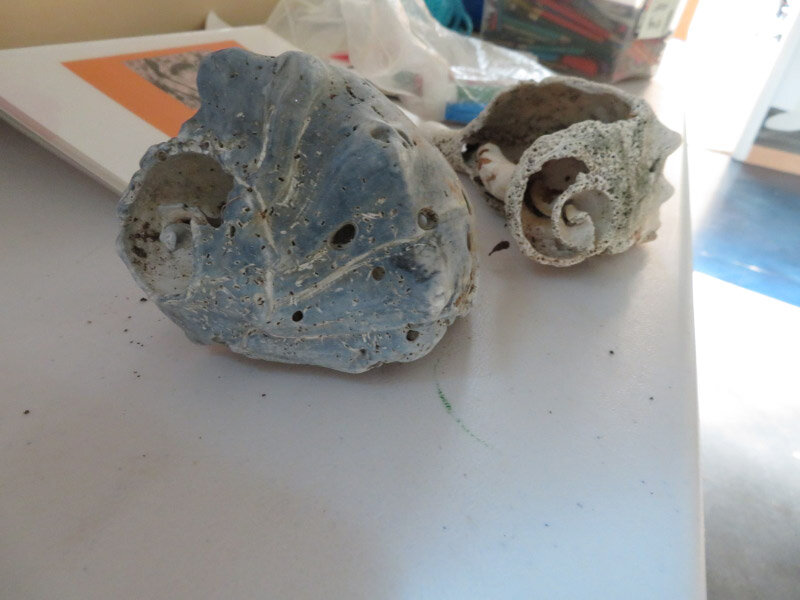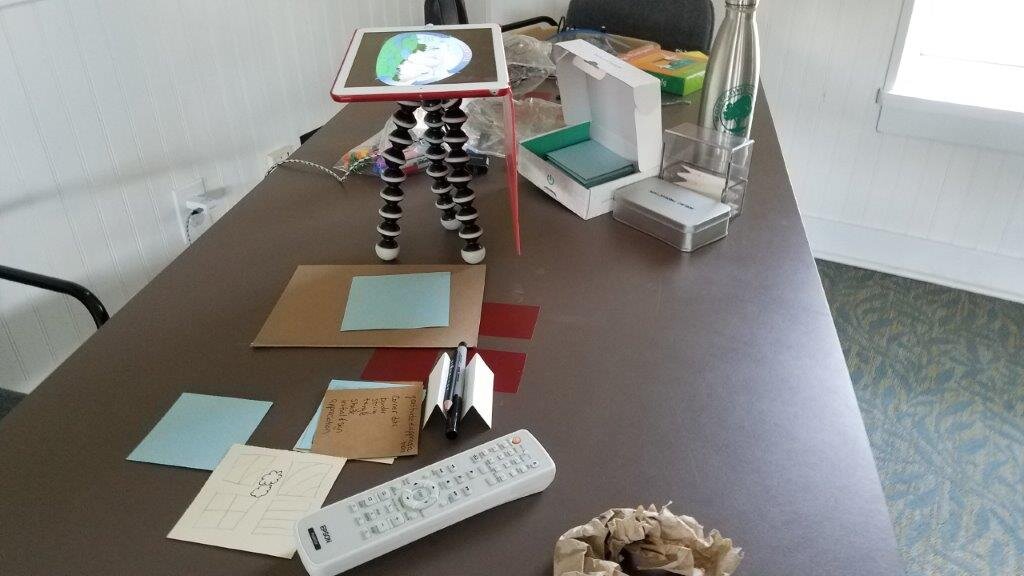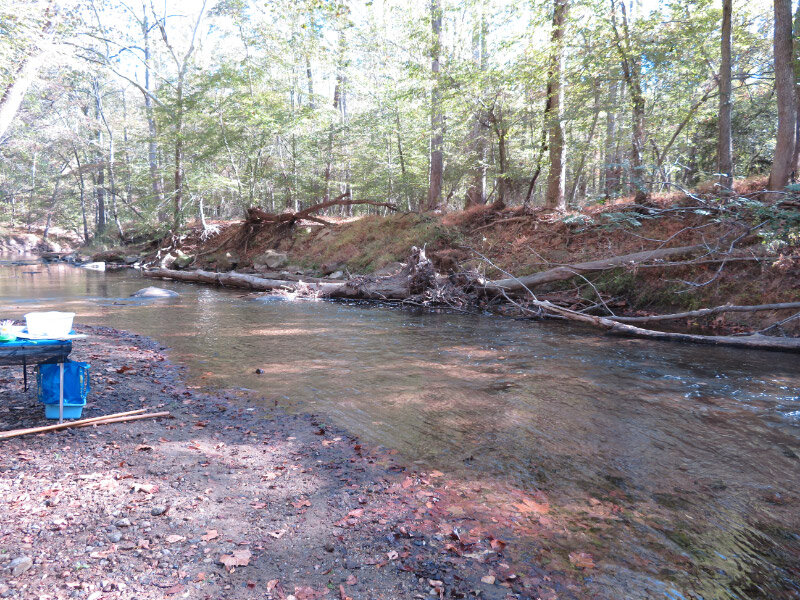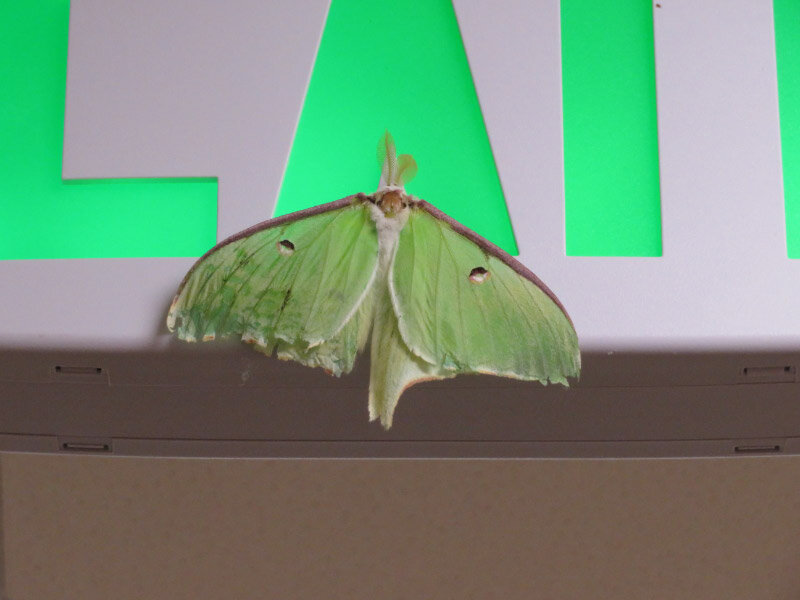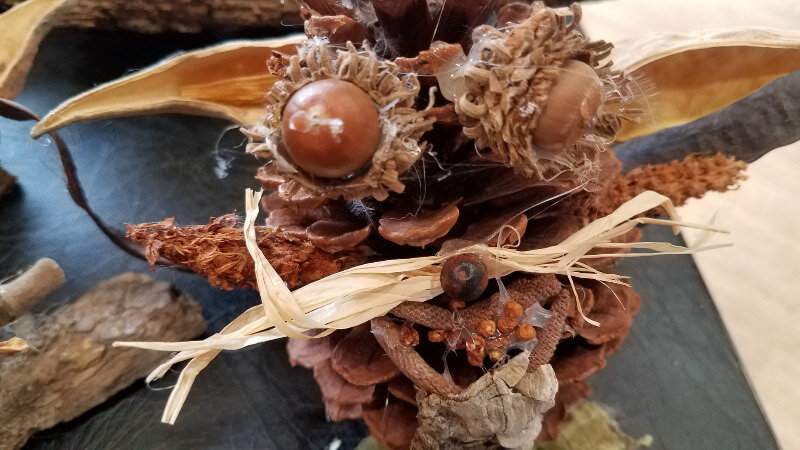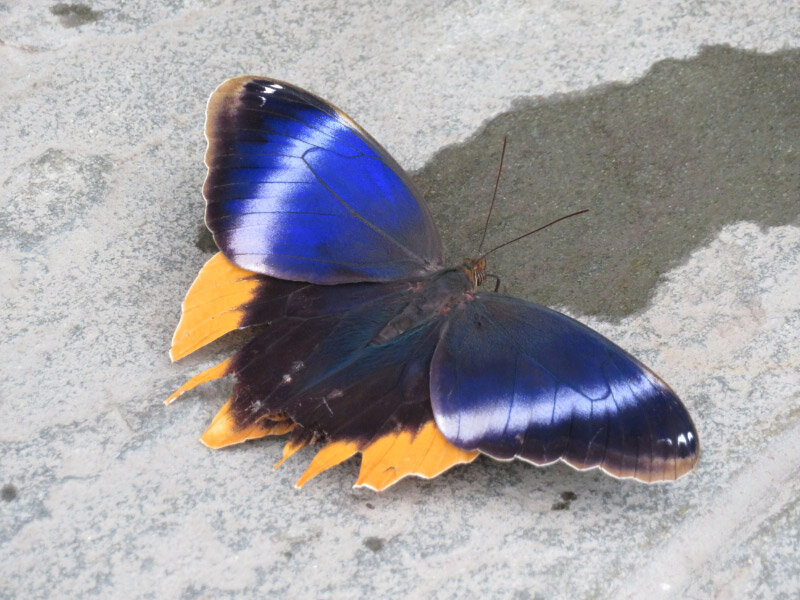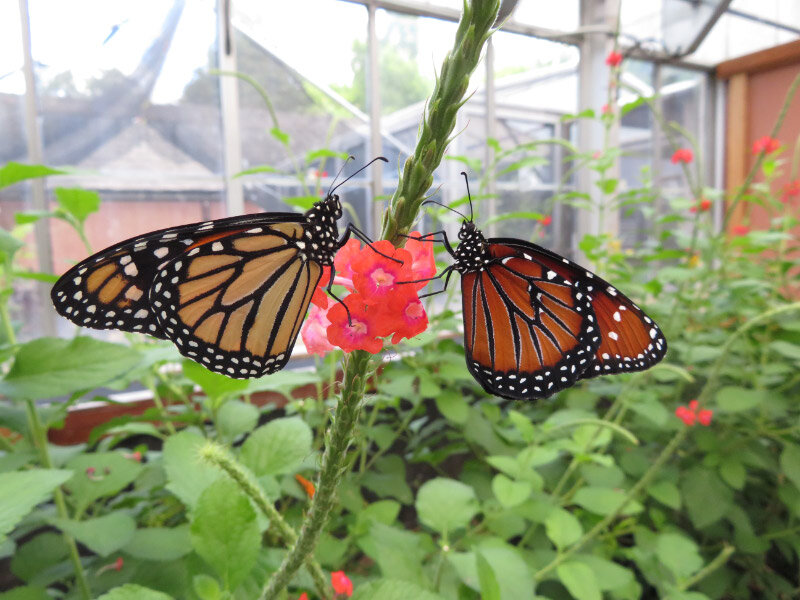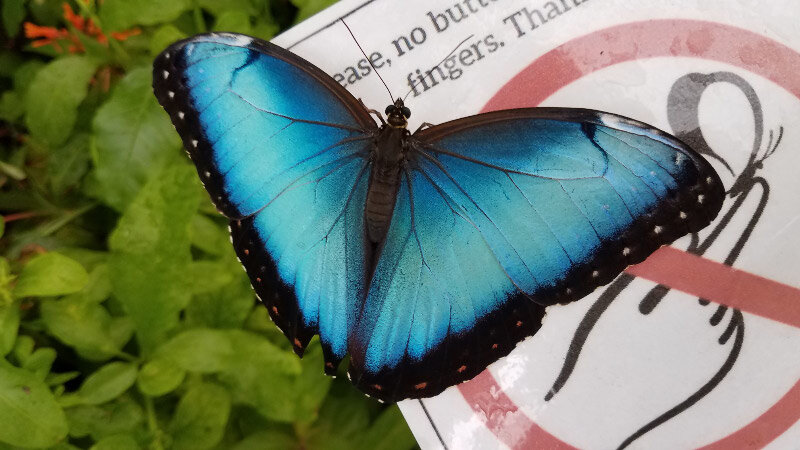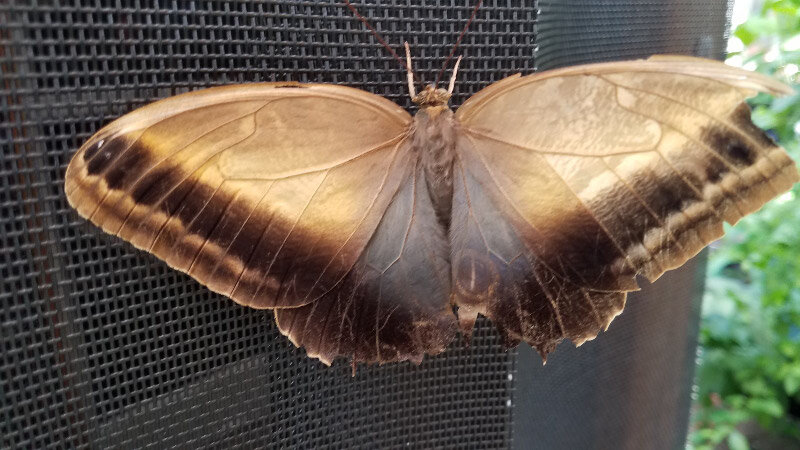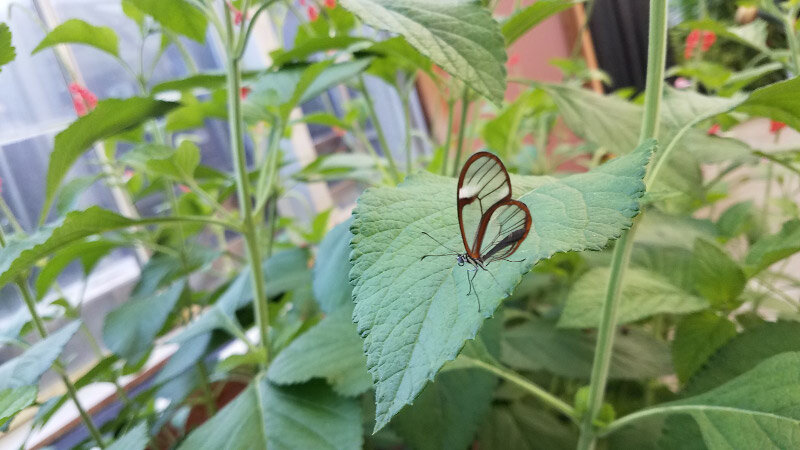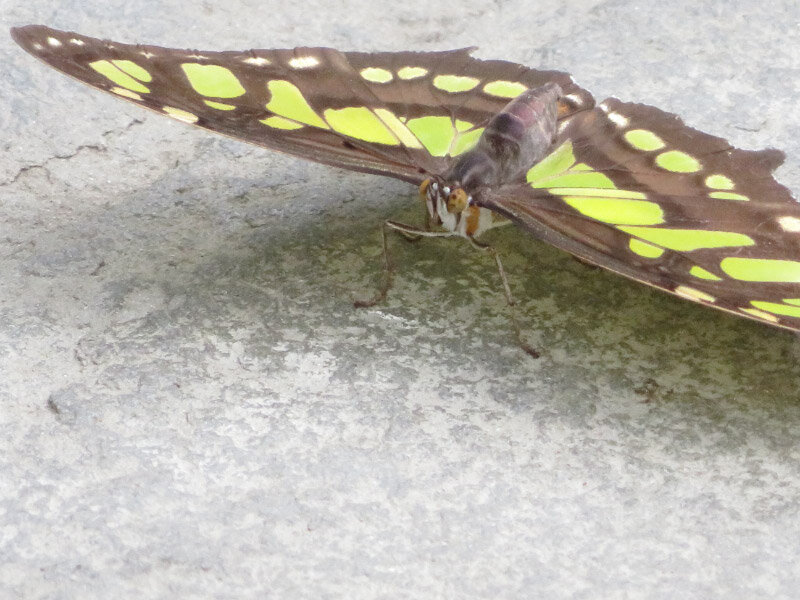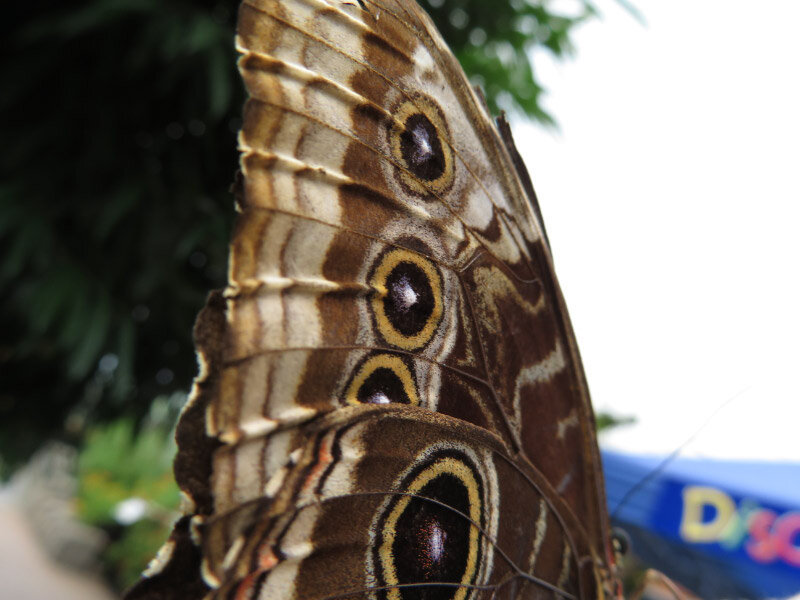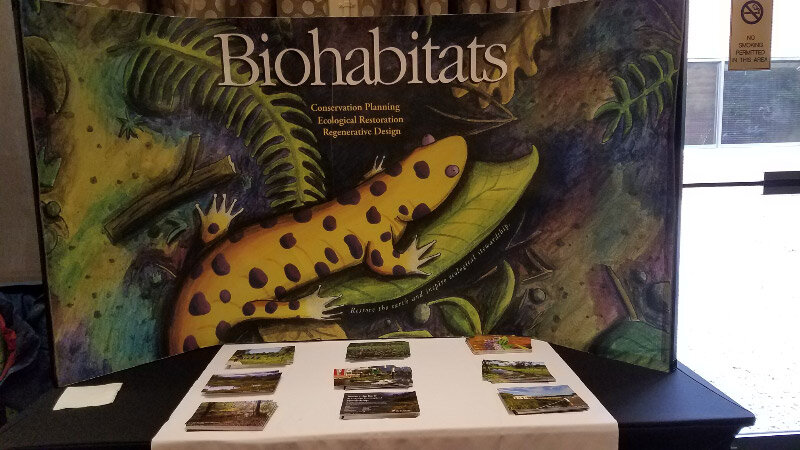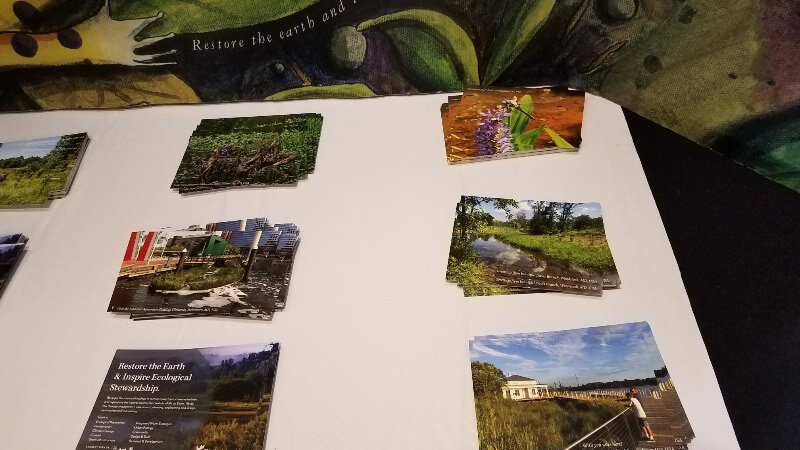Filling a Day of Social Distance – 3/25/2020
/Continuing the blog post series prompted by COVID-19….
Here are the unique activities for yesterday:
Relaxing with an at-home facial. I found a pomegranate mask packet that I’d had for months…enjoyed it while I listened to a video that was about 15 minutes long…the time in the directions for the mask.
Catching up on the Life in the Universe Pandemic Series from Charles Cockell:
Scheduling a grocery delivery. I placed an order for delivery with my grocery store on 3/25 (morning) and it going to be delivered on 3/27 (afternoon) to my front porch. This is a first for me and I have all the usual concerns – will the bananas be bruised and produce wilted? Will they have everything on my list? Will they make good substitutions if what I requested is not in stock? I guess I’ll find out on Friday afternoon.
Noticing that the tulip poplar is leaving out. The little leaves have the tulip poplar shape almost immediately. The flower buds are still just enlarging.
Receiving most of our orders. We wash ours hands with soap and water after we bring boxes or envelopes into the house then let them sit around unopened for a few days to give any coronavirus on them plenty of time to die. The most critical outstanding one came on 3/25 – the last of our over-the-counter medications supply that would help us with symptoms should we get sick. The only package we are still waiting for is the bugs we ordered back on 3/19; it’s good to have a project ‘on the way.’
Catching up on shredding. I collect items to shred around the shredder….doing the job when I need ‘browns’ for my compost pile. Toilet paper rolls are my favorite because they are an easy size for my shredder, and they are unbleached cardboard; they deteriorate very rapidly in the compost pile with my kitchen scraps and other ‘greens.’ I plan to empty out finished compost on the next nice day and restart the pile….so the shreds will be outdoors and fodder for decomposers within the next few days.
Trying some macro shots of spicebush leaves. The leaf buds on the small spicebush plant that I brought inside have popped. The leaves have not quite unfurled yet. The flowers are done for the year….but maybe some of them will make seeds if they were fertilized before the branch was brought inside.








